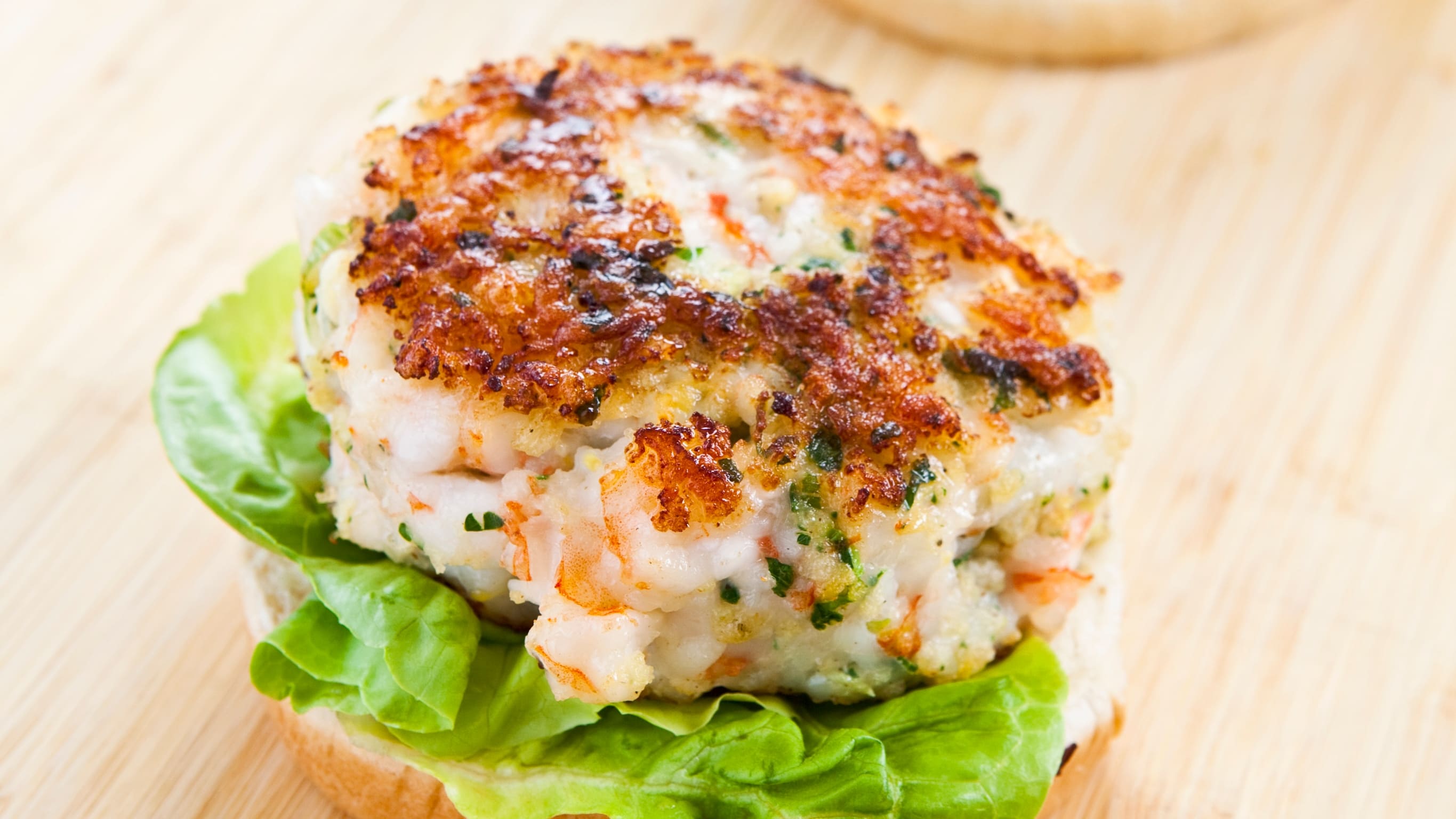Whats the Beef With My Food
Why Should You Grind Your Meat at Home?
Buying ground meat at the supermarket is kind of a crapshoot; unless your butcher grinds to order, there's no manner to know what you're actually getting. The cut, fat content, and texture of store-basis meat tin can vary widely.
Merely when you grind information technology yourself in a food processor, y'all control all the variables. That means y'all tin achieve the perfect grind for beefiness, pork, poultry, and even fish and seafood. Your food processor can also assist with thinly slicing meat, which can be a tricky task without a commercial meat slicer or a supersharp chef's knife and an extremely steady hand. This opens up possibilities for all kinds of dishes in the home kitchen that are otherwise better left to the professionals.
Hither are a few tricks we've discovered for grinding meat in a nutrient processor.
What Types of Meat Can You Grind in a Food Processor?
We use a food processor to grind all types of meat. The primal is to make sure information technology's boneless and skinless, and to cutting it into chunks before processing. Here are some of our favorites types of meat to grind in a nutrient processor:
- Sirloin steak tips (for Juicy Pub-Manner Burgers)
- Boneless, skinless turkey thighs (for Juicy Grilled Turkey Burgers)
- Big shrimp (for Shrimp Burgers)
- Skinless cod fillets (for Lemon-Basil Cod Cakes)
- Pork tenderloin (for Thai Pork Lettuce Wraps)
- Boneless beef short ribs
- Boneless beef chuck-eye roast
- Boneless country-style pork ribs
Getting the Perfect Grind
Store-ground beef is often over-processed to a lurid, then it cooks upwards heavy and dumbo no thing how much care you take. Processing home-footing meat just enough to get the perfect grind means information technology cooks up more tender. The exact size of the grind will depend on the type of meat and the type of dish. The visual cues below will help you know when yous've gotten your grind just right.
How to Grind Meat in a Food Processor
1.Cut meat into chunks and partially freeze earlier processing
Cutting meat and poultry into smaller, one/ii-inch pieces makes it more manageable to process, and partially freezing it ensures results that are chopped only not pulverized. To do this, arrange the chunks of meat in a single layer on a rimmed baking canvas and transfer to the freezer. Freeze until very firm and starting to harden around the edges simply however pliable, almost 30 minutes.
two. Grind a portion of the principal ingredient to a paste
In dishes liketurkey burgers andshrimp burgers (beneath), we grind a portion of the main ingredient to a paste and utilise information technology to bind the residue of the dish, which is footing to a chunkier texture. This ways the ingredients' flavor shines because you don't need to include eggs or a bready folder.
- For turkey burgers, we use an eighth of the turkey the recipe calls for (three ounces of the one½ pounds) to create a paste that helps the burgers retain moisture.
- For shrimp burgers, we use ane-3rd of the shrimp to bind a recipe that calls for 1½ pounds of shrimp.

3. Combine more than 1 cutting of meat for the perfect mix of season and fatty
We used a food processor to make our own Italian-fashion sausages. To do and so, we used a combination of salt pork and boneless pork butt. Choosing our own ingredients allowed u.s. to engineer to perfect recipe with consistent fat, season, and greasiness.
4. Use a good amount of pressure to push the meat into the feed tube
A food processor can requite you clean, consistenly thin slices with well-nigh no endeavor. Merely to ensure make clean, even cuts, don't exist afraid to become a little heavy-handed! If y'all utilise also light a touch on, the slicing disc will knock the item on its side or pull it into the space between the slicer and the nutrient processor lid.
5. Add blistering soda to home-ground meat to keep it tender and moist during the cooking process
Nosotros plant that soaking meat in a combination of blistering soda and h2o for xv minutes keeps it tender during cooking. That'southward because the baking soda raises the pH of the meat, which makes it more than difficult for the proteins to bond. (And this doesn't but pertain to meat ground in a nutrient processor. Read about why yous should soak meat in a solution of baking soda and water.)
vi. You lot tin use less panade in home-ground meat
A panade is a bread and milk mixture that is used to add together tenderness to ground meat dishes. When you grind your own meat at abode because information technology volition already be more tender than shop-ground options. This is helpful because a panade, while a primal component in maintaining tenderness and bounden dishes similar crab cakes and burgers, can besides deadening the flavors of a dish.
Source: https://www.americastestkitchen.com/guides/how-to-use-a-food-processor/how-to-grind-meat-in-your-food-processor
0 Response to "Whats the Beef With My Food"
Post a Comment